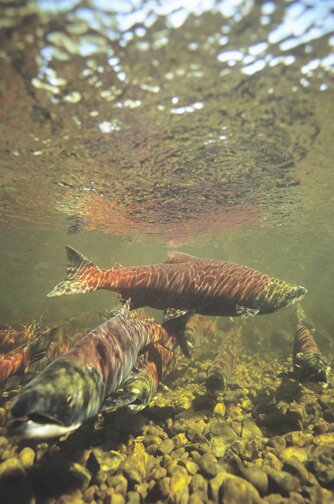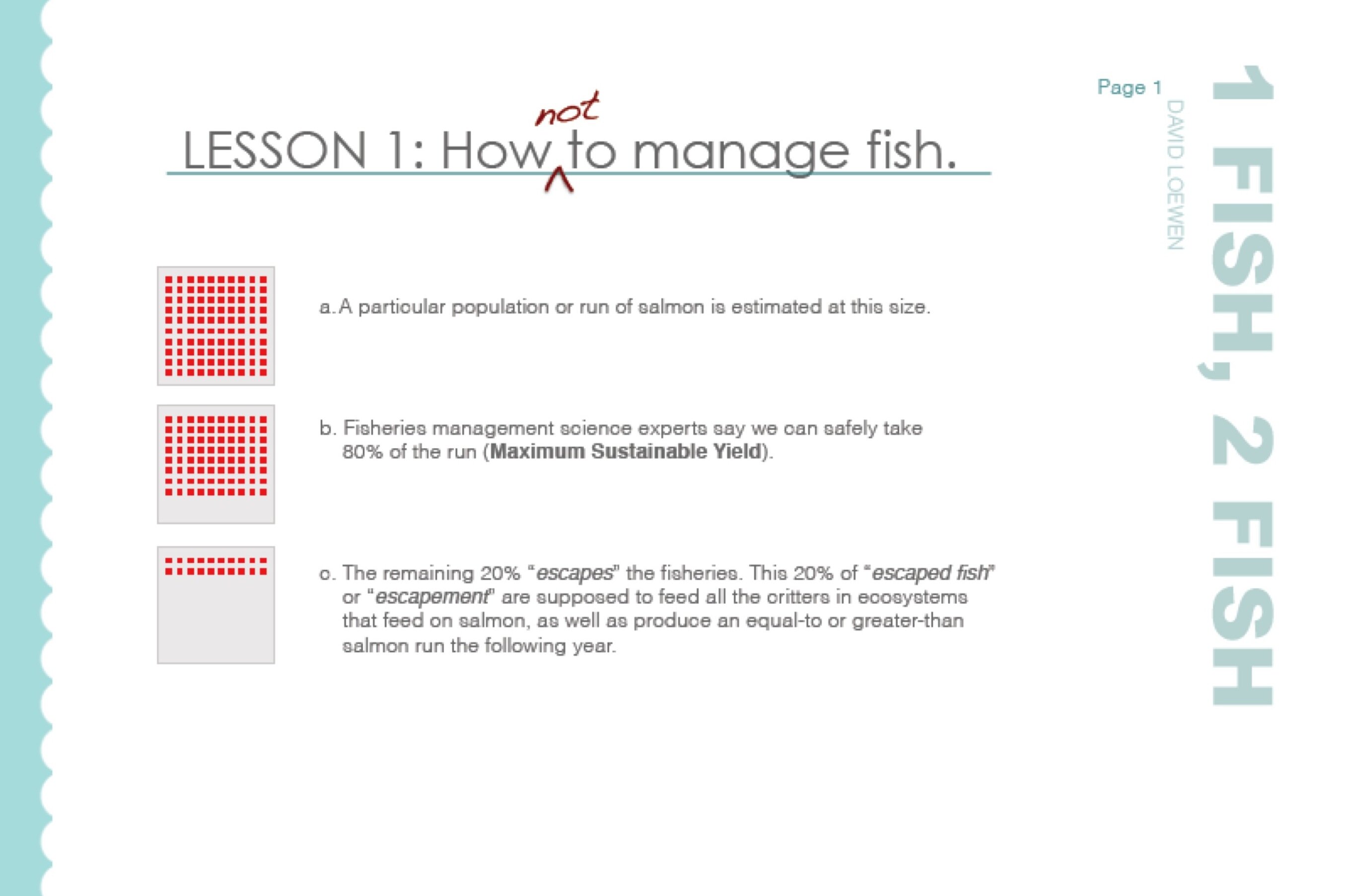Remember this guy?
Tony Hayward, former CEO of BP (British Petroleum).
When the BP oil spill first began in the Gulf of Mexico and he suggested:
It’s relatively tiny compared to the very big ocean…
“We will fix it. I guarantee it. The only question is we do not know when,” Hayward told the Guardian [British newspaper]. “The Gulf of Mexico is a very big ocean. The amount of volume of oil and dispersant we are putting into it is tiny in relation to the total water volume.”
.
.
.
.
.
.
.
The point here is that CEO’s of large corporations just say the darndest things sometimes…
(the darndest stupidest things… albeit…)
Word out today in the has been found in some Rivers Inlet sockeye salmon.
ISA — otherwise known in its non-acronym (onius) verbage as: Infectious Salmon Anemia. You can read about it at , or search for more “scientific” sources. (Maybe my professional colleagues that comment on this site will pass along some good links.)
Bottom line on ISA, it can be real nasty, real fast. Just ask the salmon farming industry in Chile from their experiences over the last few years. (nasty…).
Here’s the Sun article:
Wild sockeye salmon from B.C.’s Rivers Inlet have tested positive for a potentially devastating virus that has never been found before in the North Pacific.
Infectious Salmon Anemia is a flu-like virus affecting Atlantic salmon that spreads very quickly and mutates easily, according to Simon Fraser University fisheries statistician Rick Routledge. The virus detected in sockeye smolts by the Atlantic Veterinary College in P.E.I. — Canada’s ISA reference lab — is the European strain of ISA.
“The only plausible source of this virus is fish farms,” said Routledge.
B.C.’s aquaculture industry has imported more than 30 million Atlantic salmon eggs over the past 25 years, mainly from Iceland, the United States and Ireland, according to the Department of Fisheries and Oceans.
No, no, I’m sure the ISA virus now ‘discovered’ in the North Pacific came through the waterways of Canada, like other viruses that came from Europe…
The article continues with reassuring information from the transnational corporation that dominates the BC coast (and Chile’s for that fact):
B.C. salmon farms conducted 4,726 tissue tests for ISA over the past eight years and every one has come back negative, according to Ian Roberts, a spokesman for B.C.’s largest salmon farming company, Marine Harvest. Another 65 tests conducted in the past quarter were also negative.
“As far as we know [Marine Harvest] is clean of this disease and we want to keep it that way,” said environmental officer Clare Backman. “Just because it is present in these Pacific salmon doesn’t mean it’s a health issue … Pacific salmon are not as affected by ISA as Atlantic salmon.” [my emphasis]
_ _ _ _ _ _
Hmmmmm…
The article also states:
B.C.’s aquaculture industry has imported more than 30 million Atlantic salmon eggs over the past 25 years, mainly from Iceland, the United States and Ireland, according to the Department of Fisheries and Oceans.
My math often struggles… but a little over 4,000 tissue samples over 8 years, against over 30 million imported eggs, and against how many farmed salmon raised on the BC Coast in the last decade?
What sort of percentage is that?
Let’s just say small… very small. miniscule. You know, ‘a drop of oil in a big ocean…’ kind of small.
Isn’t this sort of like saying I don’t believe in molecules because I can’t see them…
_ _ _ _ _
Read the history of ISA at Wikipedia. It’s sort of like flu season (and ISA is compared to influenza). It starts with one small, little piddly cough, in one person (amongst millions) and then within weeks it has spread through a population of millions, by planes, trains, and automobiles… and whatever other vectors.
Kind of like Chile experienced with ISA, which was not just ‘Atlantic salmon’ that they were raising. There were also Pacifics.
In its path, influenza often kills the more weak and infirm… (hmmm… like many of BC’s unique salmon populations…)
And so, we’re to take comfort from (former DFO employee) Clare Backman in the new corporate role in suggesting: “hey we don’t see it… so it’s not a problem for us…”
(kinda like tsunamis… not really a problem until they hit land)
_ _ _ _ _ _
Maybe this will be all for not and we really should just relax and not be shouting about epidemics, and the like — like avian flu, or SARS, and so on and so on…
Unfortunately, I tend to be one that questions a lot… especially multinational corporations and their representatives when they start saying: “nothing to see here… move along… nothing to see here” and complicit governments that parrot the same lines.
Maybe there is nothing to see here and this is just a few salmon with a little niggly cough hanging out in Rivers Inlet…
Any thoughts out there?

























